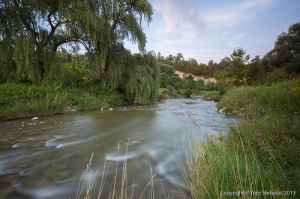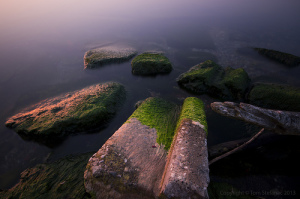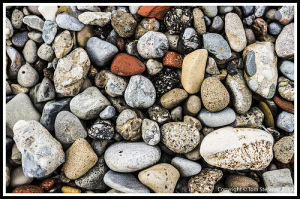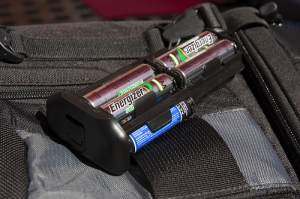 I’m pretty good at keeping my batteries charged and ready to go but every now and then I slack off or I forget I took a few hundred photos thinking I still have plenty of battery life left. For the most part I’ve escaped any real trouble but more recently, I learned a very valuable lesson!
I’m pretty good at keeping my batteries charged and ready to go but every now and then I slack off or I forget I took a few hundred photos thinking I still have plenty of battery life left. For the most part I’ve escaped any real trouble but more recently, I learned a very valuable lesson!
While shooting the airshow at the CNE in Toronto my camera suddenly died! The battery packs, both of them in my Vello BG-C5 Battery Grip were dead. I was able to eject and reset the camera to get a few more images out before the camera would not even turn on anymore.
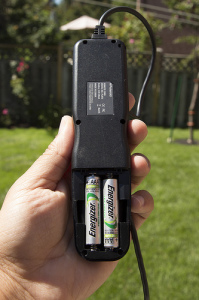 It was not what I had planned for at all! What angered me even more was the fact that sitting at home I had a special adapter for the Velo unit that allowed me to use AA batteries in place of the canon lithium battery packs. Had I brought the adapter which weighs only mere ounces and consumes very little space I could have quickly grabbed some alkaline batteries and been on my way shooting again getting at least another few hundred photos before those died.
It was not what I had planned for at all! What angered me even more was the fact that sitting at home I had a special adapter for the Velo unit that allowed me to use AA batteries in place of the canon lithium battery packs. Had I brought the adapter which weighs only mere ounces and consumes very little space I could have quickly grabbed some alkaline batteries and been on my way shooting again getting at least another few hundred photos before those died.
Having learnt my lesson I purchased some good quality rechargeable batteries just for the Velo AA adapter and even purchased two spare canon lithium packs. Because I also carry other things that need batteries such as my GPS unit, I also now keep four spare AA batteries and a set of AAA batteries for my remote trigger and anything else that may need them.
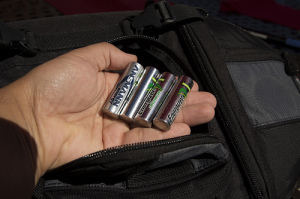 Lastly, I keep a 4 pack of alkaline batteries that are set to expire sometime in 2020 as a last resort emergency solution.
Lastly, I keep a 4 pack of alkaline batteries that are set to expire sometime in 2020 as a last resort emergency solution.
I also make sure my batteries are not some crappy no name brand, I’ve had those before and they sometimes can’t even hold a charge in anything for more than a couple minutes.
You’ll probably notice that all of my batteries in the images are rechargeable, and that’s because I hate wasting energy and money. With my rapid charger I can pretty much fill up 4 batteries of any type in about 15 – 20 minutes, so that means between my two Canon 600EX-RT Speedlite’s each taking 4 batteries, the Velo AA Grip taking six, the 4 spare AA’s and 2 spare AAA’s totaling up to 20 batteries, it only takes about 1hr and 40 minutes assuming they are all drained and need a full 20 minutes to charge. If they were all alkaline that means I would be spending close to $50 on batteries after tax since a four pack of Energizer’s or Duracell’s would cost around $8 to $12 dollars and I would need 5 packs!
Having the two extra lithium batteries for the Velo grip is also a bonus, I keep them charged giving me 4 sets of lithium batteries to work with and assuming I can shoot 400 photos per battery set I’m good for about 800 photos plus another 250 images with the AA adapter. You might call it overkill but I call having the ability to shoot 1050 images assurance that no matter what happens, I’m prepared and you should be too.
